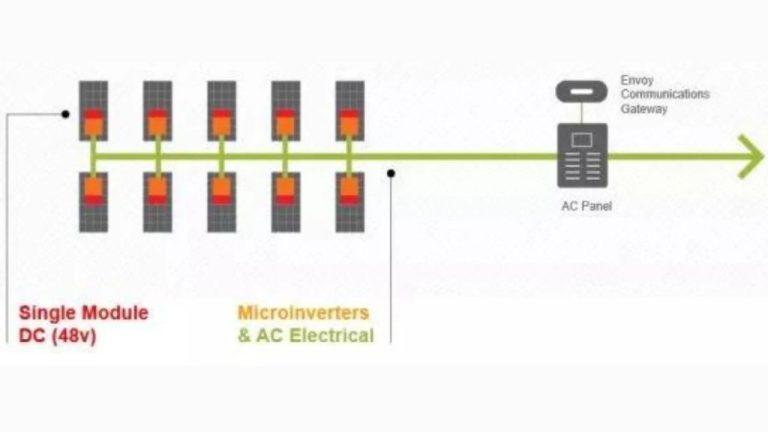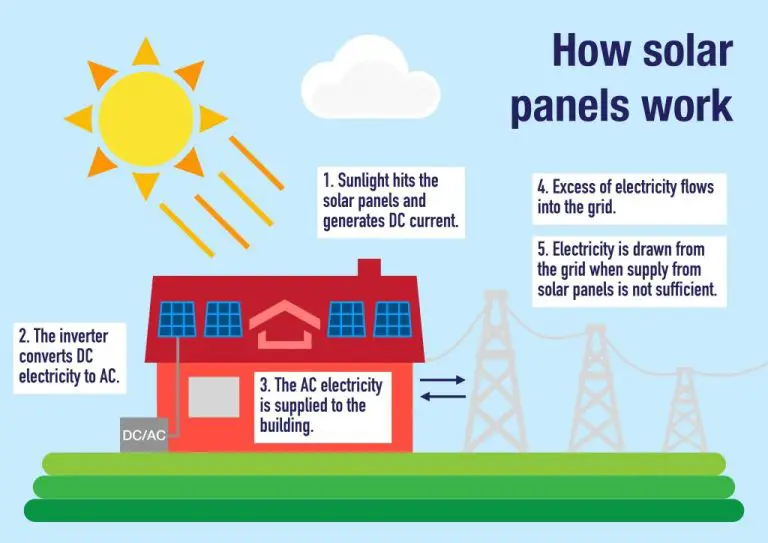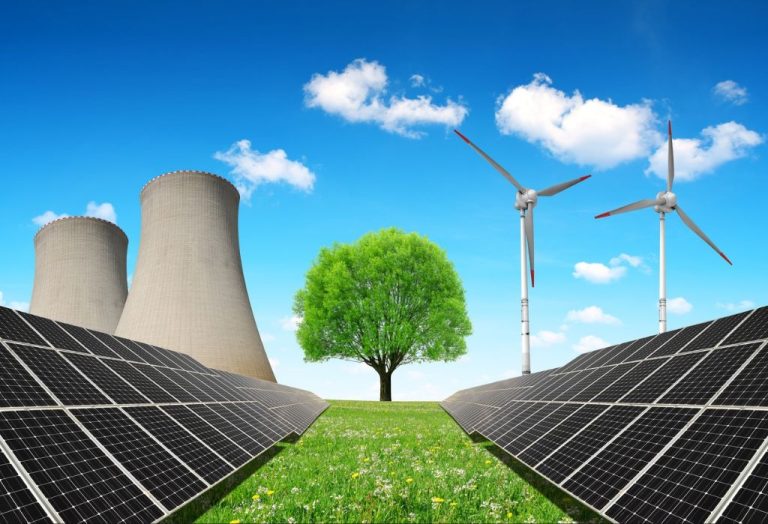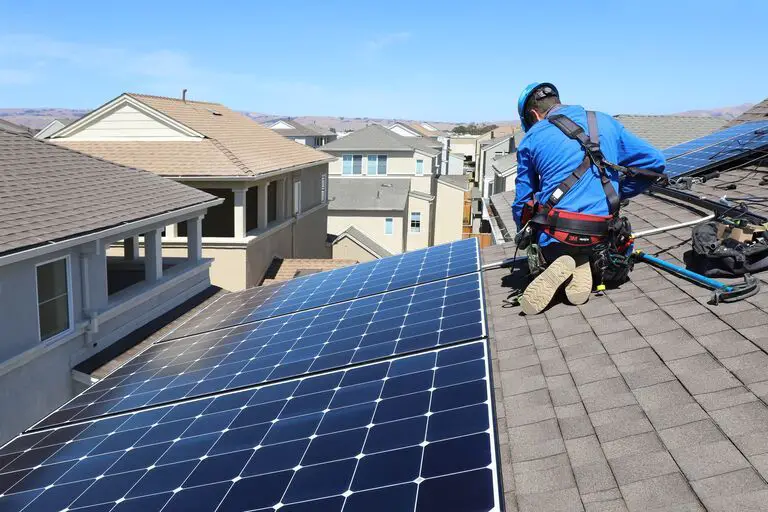Are Old Solar Panels Toxic Waste?
The use of solar panels to collect energy from the sun has skyrocketed over the past decade. As the price of solar panels drops and their efficiency improves, more homeowners and businesses are installing them to offset electricity costs. However, with the increasing adoption of solar technology comes an important question: What happens to solar panels at the end of their usable lifespan?
In this article, we’ll examine whether old solar panels present an environmental hazard or if they can be safely recycled. With solar panels lasting around 30 years, the first wave of panels installed in the 1990s and 2000s are now reaching end-of-life. Proper disposal and recycling is critical to prevent toxic materials from being released. We’ll look at solar panel components, recycling challenges, and innovative recycling programs to sustainably handle this growing form of e-waste.
What Are Solar Panels Made Of?
Solar panels are made from a variety of materials that are carefully engineered to absorb sunlight and convert it into electricity. The most important component is the solar cell, which is made from semiconductor materials like silicon. According to Energysage, silicon is by far the most common material used in solar panels, accounting for over 90% of the solar cell market.
The silicon used in solar cells is refined and purified into a crystalline structure that allows electrons to be knocked loose when photons from sunlight hit the panel. Polycrystalline silicon and monocrystalline silicon are the two main types used in solar panels today (Energysage).
In addition to silicon, solar panels contain various metals that act as conductors and help the current flow. Common metals include copper, aluminum and silver (EE Power). The solar cells are surrounded by protective materials like glass and plastics to form the full solar panel.
Solar Panel Lifespan
The average lifespan of most solar panels is 20-30 years [1]. Solar panel manufacturers typically offer 25 year production warranties, guaranteeing a certain level of performance over that timeframe. However, solar panels can still generate electricity beyond 25 years, just at lower efficiencies.
Solar panels lose some efficiency each year they are in operation. Industry experts estimate average annual solar panel degradation to be around 0.5-1% [2]. This means that after 25 years, a solar panel may still generate around 80% of its original rated capacity. While reduced, this is still meaningful electricity production.
Overall, solar panels are built to withstand decades of exposure to the elements. With proper maintenance, modern solar panels often outlast their warranties and continue producing clean power for 30 years or longer.
Why Solar Panels Get Replaced
There are two main reasons why solar panel systems may need to be replaced after their initial lifespan:
The first is physical damage and wear. Solar panels are exposed to the elements day after day. Over decades of use, the glass surfaces can become pitted from sand and hail, the aluminum frames can corrode, and the interior components and wiring can degrade. While solar panels are durable, decades of wear will reduce performance. According to a Forbes article, most solar panels operate efficiently for around 25 years, after which degradation becomes noticeable (source: https://www.forbes.com/home-improvement/solar/how-long-do-solar-panels-last/).
The second reason is lower efficiency compared to new models. As solar panel technology improves over time, newer panels are able to convert sunlight to electricity more efficiently. Upgrading to a more efficient system allows homeowners to maximize energy production in the same physical space. For example, an Energysage article notes that upgrading panels can provide 20-30% more power using the same roof area (source: https://www.energysage.com/solar/solar-system-upgrades/).
Solar Panel Disposal Methods
There are several methods for disposing of solar panels that have reached the end of their lifespan:
Landfilling
Many old solar panels end up in landfills. While the panels are sealed and inert, there are concerns about valuable resources going to waste. Some components like lead and aluminum can also leach into the soil over time (https://www.epa.gov/hw/solar-panel-recycling).
Incineration
Incineration or burning solar panels can destroy toxic materials and reduce volume, but it also releases harmful fumes. Specialized equipment is required to filter emissions. This is not an optimal disposal method (https://e360.yale.edu/features/solar-energy-panels-recycling).
Recycling
Recycling solar panels allows materials like silicon, silver, and glass to be recovered and reused. Panel components are dismantled and sorted at specialized recycling facilities. Recycling prevents waste but costs more than landfilling (https://www.santeecooper.com/global-news/2021/072021-How-to-Properly-Dispose-of-or-Recycle-Solar-Panels-and-Equipment.aspx).
Environmental Impact
Solar panels contain materials that have the potential to leach into the environment and cause pollution if not disposed of properly. According to the Harvard Business Review, most solar panels contain hazardous materials such as lead and cadmium that can leach into the soil and water if panels break during disposal. Landfilling old solar panels runs the risk of these toxic metals leaching out and contaminating groundwater. The EPA recommends recycling solar panels instead of landfilling to avoid this environmental hazard.
Another issue with solar panel waste disposal is the air pollution caused by incineration. When burned, the metals and materials in solar panels release toxic fumes into the atmosphere. The process of incinerating solar panels also generates large amounts of carbon emissions. Due to the negative environmental impacts, many experts advise against incinerating solar panels and point to recycling as a better solution.
Solar Panel Recycling
Solar panels are largely recyclable, with most of the materials able to be recovered and reused. Recycling solar panels is important to both recover valuable materials like silicon, silver, and copper, as well as reduce waste and environmental impact.
![]()
Silicon solar panels, which comprise around 95% of solar panels today, can be recycled to recover high purity silicon wafers, which are the main component of the solar cells. The silicon can be reused to manufacture new solar panels or other silicon products (https://www.greentechrenewables.com/article/can-solar-panels-be-recycled).
Silver and copper are also valuable materials recovered from solar panel recycling. Silver is used to manufacture the electrical contacts of solar cells, while copper is used for circuitry. Both of these metals can be reused rather than sending them to landfills. According to industry estimates, there is around $450 million worth of recoverable materials in 2.4 million tons of solar panel waste forecast by the year 2030 (https://www.epa.gov/hw/solar-panel-recycling).
Proper solar panel recycling also reduces the environmental impact compared to simply disposing of old solar panels. Hazardous materials like lead and cadmium can be isolated and prevented from leaching into landfills. Greenhouse gas emissions associated with mining new materials are also avoided by reusing recovered metals and silicon.
Challenges of Solar Panel Recycling
There are several key challenges associated with recycling solar panels:
First, solar panels have a complex material composition. They are made up of glass, metal frames, junction boxes, polymers, and silicon cells, among other components (SunFarmEnergy). Separating these materials is difficult and requires advanced recycling processes.
Second, there is a lack of infrastructure to collect and recycle solar panels at scale. Most recycling happens on a small scale or through research initiatives (Peplow, ACS Central Science). Recycling would need to ramp up significantly to handle the coming influx of panels reaching end-of-life.
Finally, there is limited regulation around solar panel disposal and recycling. Policies are needed to require and incentivize proper end-of-life management. Without regulations, there are fewer drivers for the solar industry to prioritize recycling (Resource).
Overcoming these challenges will require investment, research, and policy changes to make solar panel recycling mainstream.
Examples of Successful Recycling
There are some promising companies leading the way in solar panel recycling.
Umicore is a Belgian company with recycling facilities globally. They have developed an industrial process to recover various metals from used photovoltaic panels, including silver, silicon, and tin. Umicore recycles end-of-life solar panels into new raw materials that can be used to manufacture new solar panels. In 2020 alone, they processed over 10,000 metric tons of solar panel waste (source).
Retriev Technologies is a US-based company offering solar panel recycling services. Their unique solvent-based process separates and recovers over 95% of materials in panels, including silicon and silver. Retriev aims to recycle 1 gigawatt of solar e-waste by 2022 and has partnered with major manufacturers like SunPower. They are building the largest solar panel recycling plant in North America (source).
First Solar has developed an in-house recycling program at the end of solar panels’ usable lifetime. Their recycling process allows recovery of up to 90% of cadnium-telluride used in their thin-film panels. The recovered materials can be used to manufacture brand new solar modules (source).
Conclusion
To summarize, while old solar panels contain potentially hazardous materials and have traditionally been difficult to dispose of and recycle, they do not have to end up as toxic waste. Solar panels have become more energy efficient and environmentally friendly over time. The lifespan of solar panels can now extend 25 years or more, delaying the need for replacement. There are also a growing number of commercial recycling options emerging to properly process and recover materials from retired panels. Though still in its early stages, solar panel recycling has the potential to recover high value materials like silicon, silver, and copper. Proactive policies, recycling incentives, and technology improvements will allow the solar industry to increase recycling rates and prevent old panels from becoming an environmental issue. With the right long-term focus, it is clear that solar panels do not inherently have to become toxic waste.






